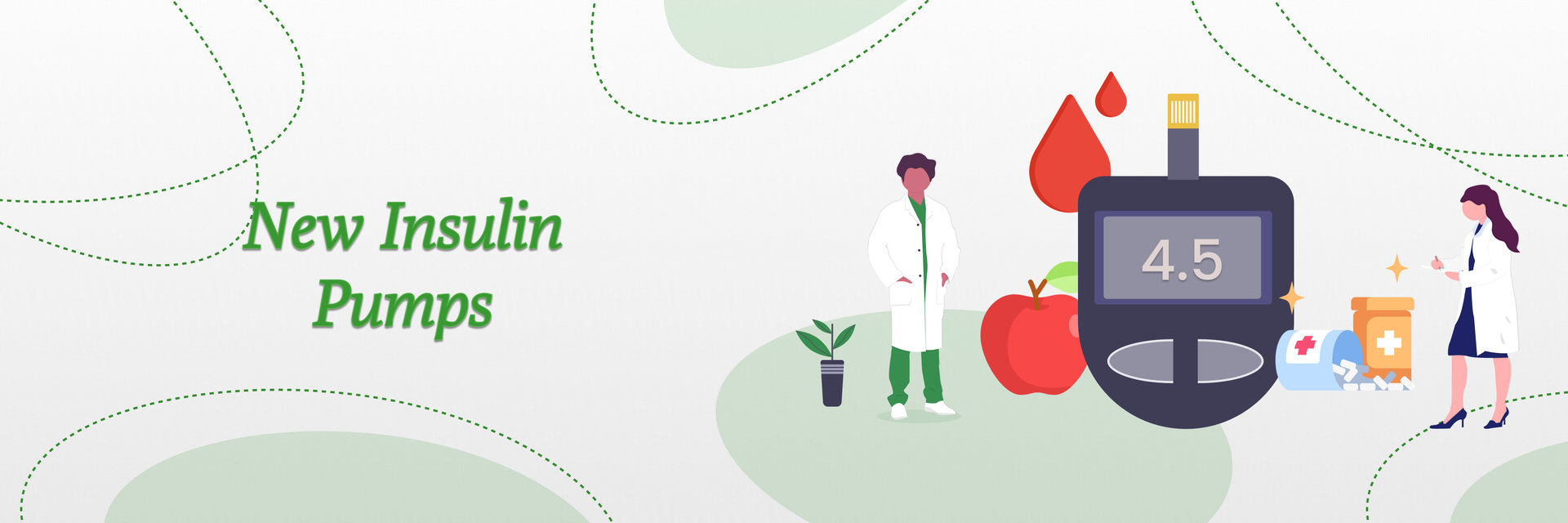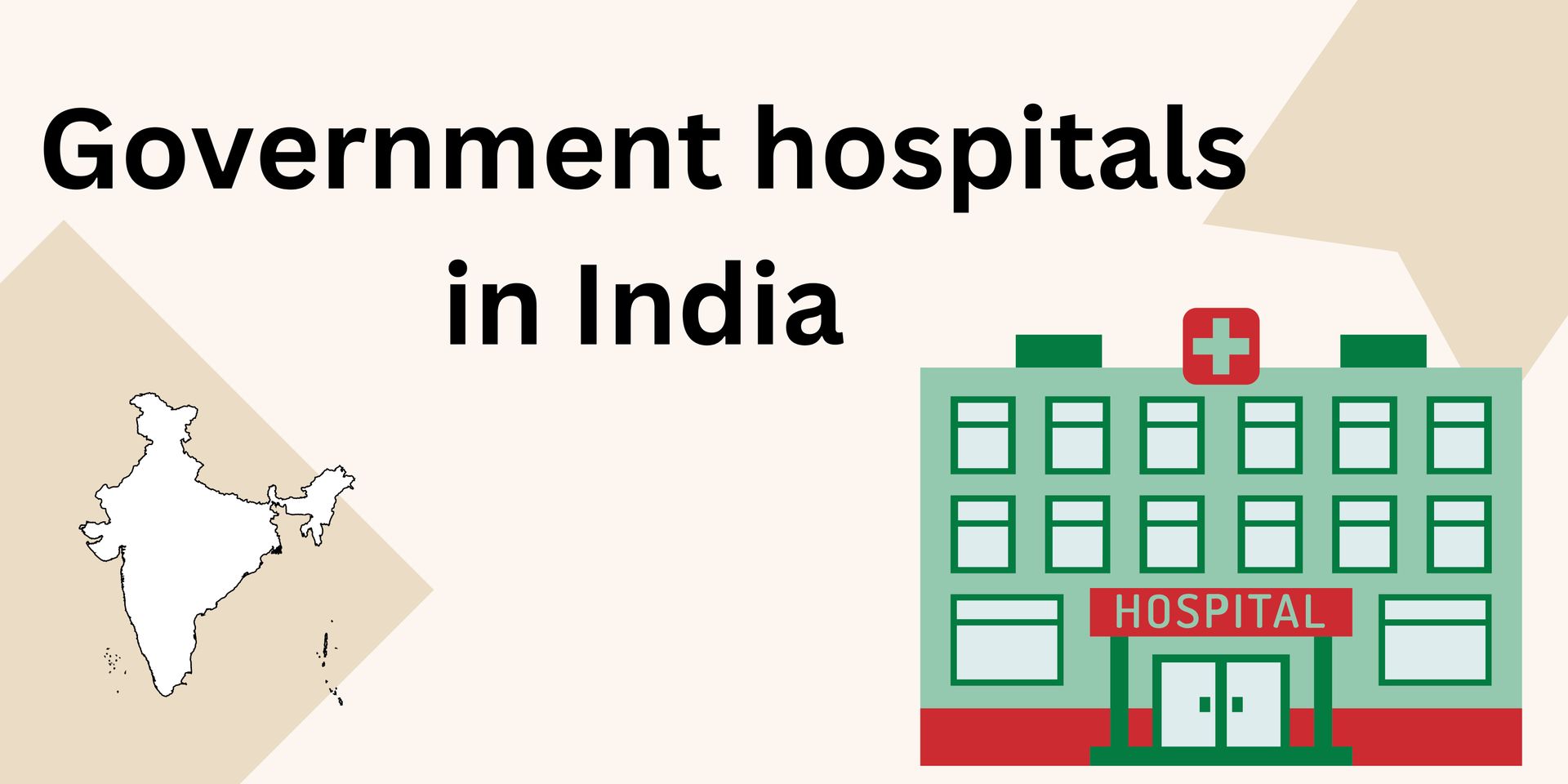Overview
Food safety is a cornerstone of public health, ensuring that the food we consume is free from contaminants that could cause illness or harm. Among the myriad challenges in food safety is managing the risk of transmissible spongiform encephalopathies (TSEs)—a group of rare, degenerative brain disorders caused by prions. TSEs include diseases like Creutzfeldt-Jakob disease (CJD) in humans and bovine spongiform encephalopathy (BSE), commonly known as mad cow disease, in cattle. The unique nature of prions makes their prevention and control a critical concern for both food safety authorities and the broader public.
Understanding TSEs and Prions
Prions are abnormal, misfolded proteins that can induce normal proteins in the brain to misfold as well, leading to brain damage and, eventually, death. Unlike bacteria or viruses, prions lack genetic material, making them resistant to conventional sterilization methods like heat or radiation. This resilience makes prions particularly challenging to eliminate in food processing environments.
TSEs pose a dual threat to public health: direct transmission to humans through contaminated food and indirect economic repercussions on agriculture and trade due to outbreaks in livestock. BSE, for instance, garnered global attention during outbreaks in the late 20th century, prompting sweeping regulatory changes to ensure food safety.
Regulatory Framework for TSE Prevention
Governments and international bodies have implemented stringent regulations to mitigate the risk of prion transmission. Key measures include:
Measures in Food Processing and Handling
Beyond regulatory frameworks, the food industry employs specific measures to minimize prion risks:
- Sanitation Protocols: While prions are highly resistant to heat and chemical disinfectants, food processors utilize specialized sterilization techniques, such as pressurized steam and alkaline hydrolysis, to reduce contamination.
- Regular Training: Food industry workers receive training to recognize and handle materials potentially contaminated with prions. Awareness at every level of the supply chain is critical to maintaining safety standards.
- Consumer Education: Public awareness campaigns inform consumers about prion risks and emphasize the importance of proper cooking and food handling practices.
Global Collaboration and Research
Given the international nature of food trade, collaboration among nations is vital in combating TSEs. Organizations like the World Health Organization (WHO) and the World Organisation for Animal Health (OIE) play key roles in coordinating global efforts. These bodies establish guidelines for surveillance, feed bans, and risk assessment, facilitating consistency in preventive measures.
Research remains at the forefront of TSE prevention. Scientists continue to investigate the biology of prions, seeking ways to detect and neutralize them more effectively. Advances in diagnostic tools, such as highly sensitive assays, enhance early detection capabilities, reducing the likelihood of prion-contaminated products reaching consumers.
Challenges and the Path Forward
Despite significant progress, challenges remain. The durability of prions and the long incubation periods of TSEs complicate detection and containment. Moreover, the socioeconomic impact of TSE outbreaks underscores the need for continued vigilance.
The path forward lies in a combination of robust regulation, scientific innovation, and international cooperation. By staying ahead of prion threats, we can safeguard food supplies and protect public health from this unique and formidable challenge.
Conclusion
In conclusion, TSEs and prions demand a multifaceted approach that integrates rigorous regulations, advanced scientific measures, and collaborative efforts. Food safety is not just a regulatory requirement it is a shared responsibility that underscores the interconnectedness of global health and agricultural systems. With continued vigilance and innovation, we can minimize the risks posed by prions and uphold the integrity of our food supply.







